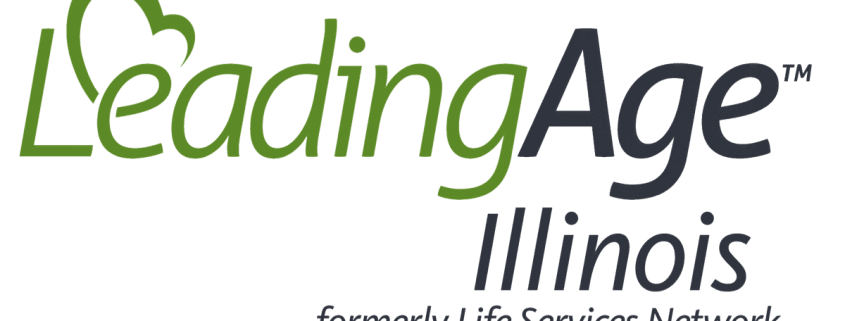
Inbound Marketing Works. Politics Proves It.
We can all agree that politics in America right now is messy. To be honest it’s beyond messy. That’s no secret. So I won’t be writing about how divided we are today, rather, I’m going to be discussing how inbound marketing benefits organizations that operate in the political realm.
So what does inbound marketing have to do with politics?
Absolutely everything.
Think about where most people get their news from today. Is it the “failing” New York Times? What about CNN? Fox News? No, the answer is social media: Facebook, Twitter, etc. For traditional news organizations, this is devastating. But for inbound marketing news websites? It’s a cash cow.
What’s inbound marketing news? We’ll get to that. First I want to talk about how social media works. I’ll keep it brief because I’m sure you already know. Social media tracks your interests through likes, shares, and retweets. Based on your interests, the social media service you’re using is more likely to put content in front of you that you will react to. It’s human nature to want to see the things you like.
Considering The Source
Okay, back to news. News isn’t supposed to be all good or all bad. News is, or rather should be, a collection of facts that are communicated to its audience regardless of their feelings and personal opinions. Good things happen, and bad things happen. Your favorite politician may betray you with certain legislation, or maybe someone you detest says something you agree with. These are hard realities to grapple with for anyone. But social media doesn’t want to give you difficult feelings to grapple with; it wants to make you happy. Always happy.
So is Facebook going to let you see a CNN article about how the president isn’t living up to his promises to you? Of course not. But what if a website were to take the same information and deliver it in a way that makes you happy? That’s what inbound marketing news is. These websites make their fortunes by taking anything that happens in the world and delivering it in a nice, easy to digest fluff piece that puts its audience’s mind at ease.
Now, I’m not making a political statement with this article. I’m pointing out how inbound marketing works and I want to use the best example. For that reason I am going to focus on conservative media. Head on over to the “Being Conservative” Facebook page.
The Echo Chamber
First of all, this is one of the most followed political pages on Facebook right now with almost 3 million followers at the time this article is being written. Take a look at all the posts on this page. They are ALL from The DailyWire.com. Almost 3 million followers seeing multiple posts every single day from a single news source translates into an astounding amount of views for that website. This fact isn’t lost on advertisers who pay to have their products and companies advertised on the website. This alone generates an impressive amount of income for the website. The fact that The DailyWire also charges to remove ads creates another revenue stream for the company.
Once visitors click on a headline and are brought to the website they are shown other articles that may interest them based on the tags and keywords in the original article. While exploring The DailyWire, visitors increase the website’s SEO ranking and credibility with Google, meaning DailyWire articles are more likely to appear in search results. Now that The DailyWire has millions of daily visitors they can generate money by publishing books, scheduling speaking events, and a number of other things, all of which helps their SEO and Facebook following grow.
This level of online engagement should be the envy of every business owner hoping to grow their company. Think about this; in a time where print media and local newspapers are struggling to survive, The DailyWire has been growing steadily since its founding in 2015. Without inbound marketing benefits continuing to improve the company’s marketing efforts the website would probably find itself struggling to stay online. But with new and relevant content, active engagement on social media, and the support of millions of viewers, The DailyWire will most likely continue to defy the odds and succeed in today’s digital economy.
















